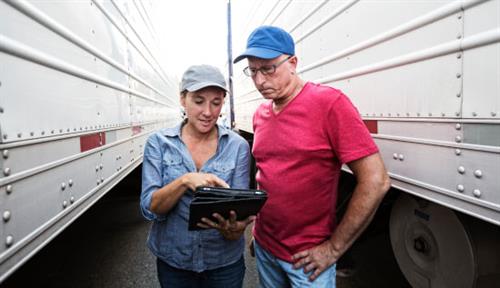
Ensuring a safe start when new people begin working for you is the right thing to do. It’s also the law. OSHA has a general provision requiring employers to ensure all workers have been provided with the proper information, instruction and supervision to protect their health and safety while they perform their jobs.
Offering the best possible supervision and introduction to safety in the workplace is critical for anyone new on the job. The following tips can help you ensure new employees are ready for work.
- Always conduct new hire orientation and safety training – no matter how busy you may be.
- Ask new workers about their previous safety education and work experience to make sure they know the basics of workplace safety.
- Verify every new worker knows his or her rights and responsibilities, including:
- The right to participate in health and safety training and safety programs in the workplace
- The right to know about hazards they may be exposed to on the job
- The right to refuse unsafe work
- The responsibility to follow safety procedures and wear any personal protective equipment (PPE) that may be required
- If English is a worker’s second language, it can contribute to on-the-job accidents and injuries. To promote worker safety, post signage and safety communication materials in the language in which your employees are fluent.
New employees are at a greater risk for a workplace injury than their more experienced co-workers. As with all employees, workers new to the job must take an active role in protecting themselves. This includes:
- Understanding all necessary safety measures before starting work. If they are unclear, instruct them to ask for clarification
- Following all safety measures at all times
- Wearing and maintaining required PPE
- If machine guards are required on equipment, ensuring they are in place
- Avoiding shortcuts
- Following hazard warnings when using chemicals; obtaining further information from the Safety Data Sheet (SDS) on hazardous chemicals if necessary
- Asking about emergency procedures and being prepared to follow them in the event of a chemical spill or fire
Categorized in:
-
Workplace Safety
-
Transportation Safety
ClickToAddCategories
No categories have been created yet.
Community
Company Updates
Driver Recruitment
Investor News
Transportation Safety
Claims
Driver Management
Driving Techniques
Distracted Driving
Seasonal Driving Tips
Sharing the Road
Health & Wellness
Injury Prevention
Regulations
Security & Cargo Theft
Vehicle Inspections
Weather Conditions
Workplace Safety
Workers Compensation
Done